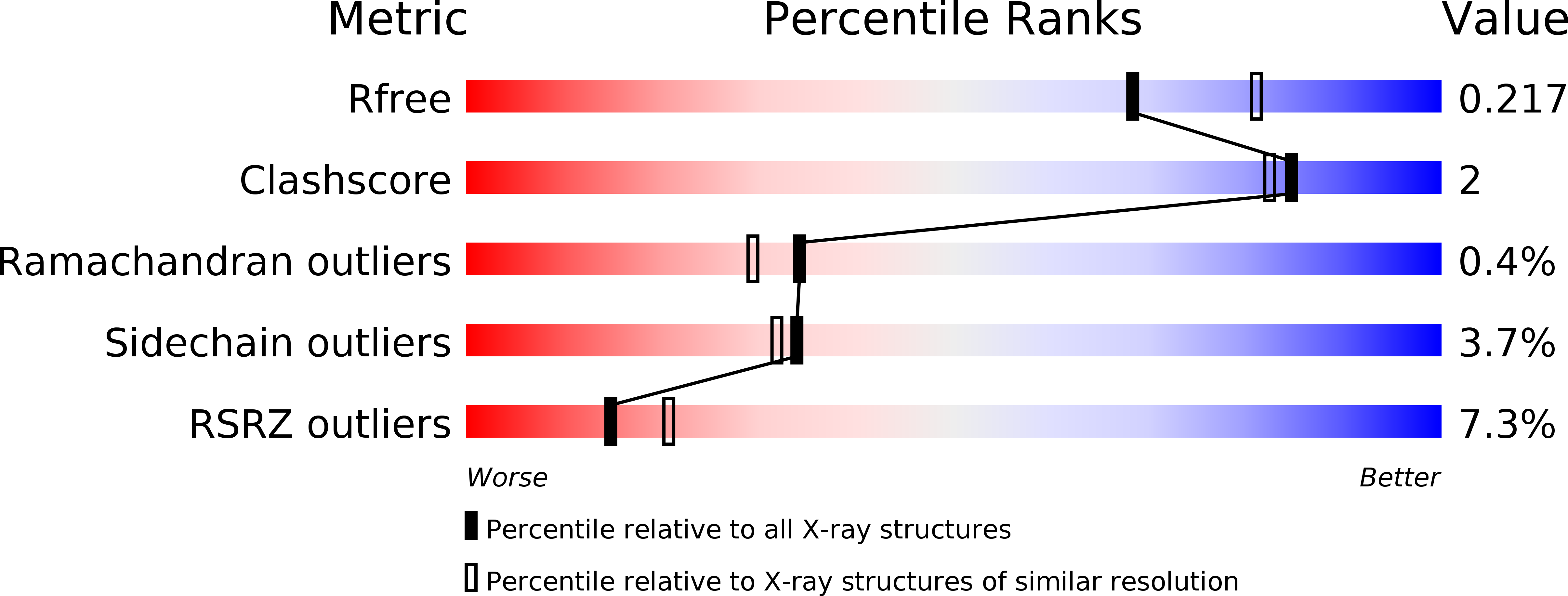
Deposition Date
2012-08-20
Release Date
2012-10-17
Last Version Date
2024-02-28
Entry Detail
PDB ID:
4GOX
Keywords:
Title:
Sulfotransferase Domain from the Synechococcus PCC 7002 Olefin Synthase
Biological Source:
Source Organism:
Synechococcus sp. (Taxon ID: 32049)
Host Organism:
Method Details:
Experimental Method:
Resolution:
2.15 Å
R-Value Free:
0.21
R-Value Work:
0.18
R-Value Observed:
0.18
Space Group:
P 42 21 2


